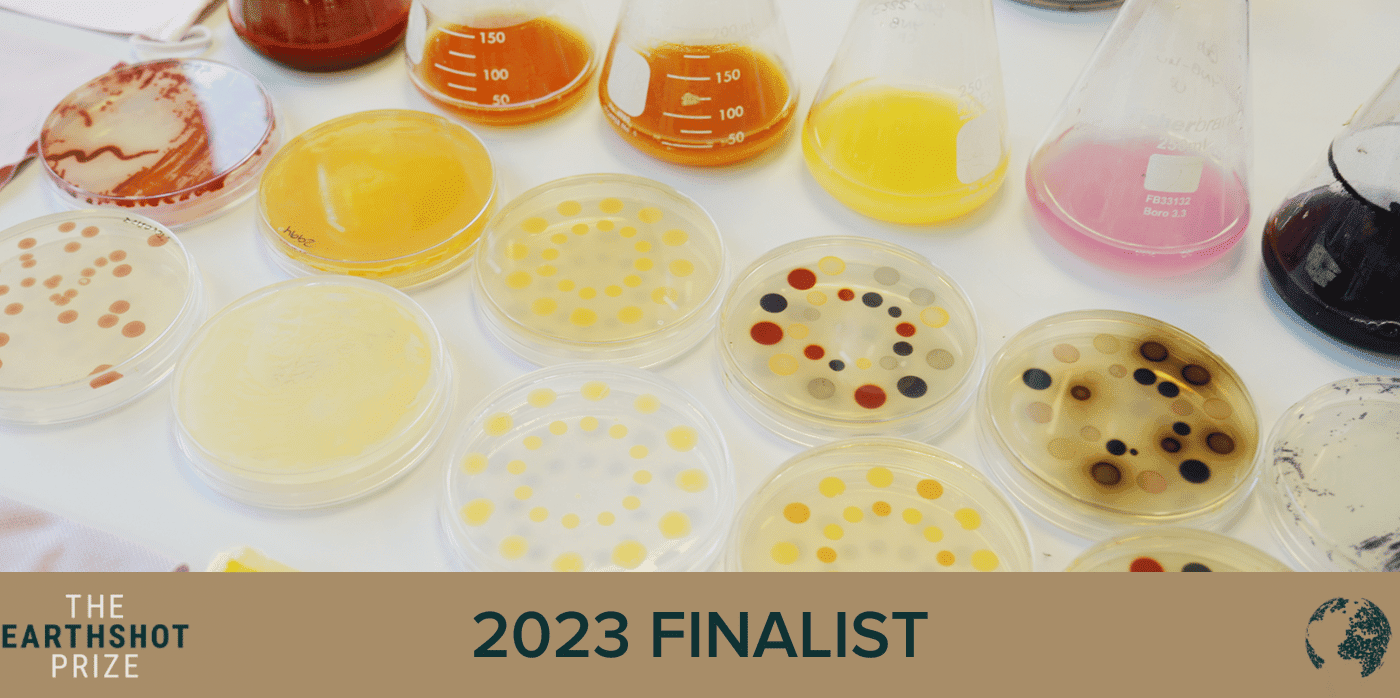
Spotted: With the dyeing industry relying on petrochemicals to affix colour to textiles and requiring around 200 tonnes of fresh water for every tonne of coloured fabric, the challenge of reducing even part of the fashion industry’s environmental footprint is huge.
Now, however, one company, UK-based Colorifix, has created a transformative technology for the textile industry’s dyeing needs. Using fermentation and microbes, the startup creates bioengineered dyes. At the start of the process, Colorifix identifies a colour produced by an animal, plant, or microbe, before isolating the section of the organism’s DNA where the colour is coded. Microbes can then be made to recreate this DNA sequence in the lab without needing to use toxic chemicals.
The company ships a small amount of this microbe-produced colour to a manufacturing client, which then ‘brews’ as much dye as needed for each batch of fabric in a process similar to beermaking. All-natural feedstocks – such as sugar, plant by-products, and yeast – fuel the fermentation process, feeding the fast-growing microbes to create a batch of dye in one to two days.
Colorifix dye is usable in industrial machinery, with no special mechanisms or tools needed. To bind the colour to a fabric, Colorifix, again, replicates a natural process for maximum sustainability. The startup uses engineered microbes to bind the dye to the fabric by concentrating salts and metals that occur naturally in water, making it possible to dye textiles at much lower – almost ambient – temperatures. The binding process is swift and strong, requiring far fewer rinses to attain a colour-fast finish.
The entire process hugely reduces water consumption and carbon emissions, while eliminating the release of chemicals into the world’s waterways. Colorifix was an Eartshot Prize 2023 finalist in the ‘Build a waste-free world’ competition category, and the company is working towards a goal of dyeing 15 per cent of the world’s clothes by 2030.
Developments in the process to detoxify the dyeing process are improving rapidly, with examples in Springwise’s database including a new low-temperature, bio-based process and a recycling programme that creates jobs and reduces water waste by turning temple flowers into natural dyes.
Written By: Keely Khoury and Matthew Hempstead

